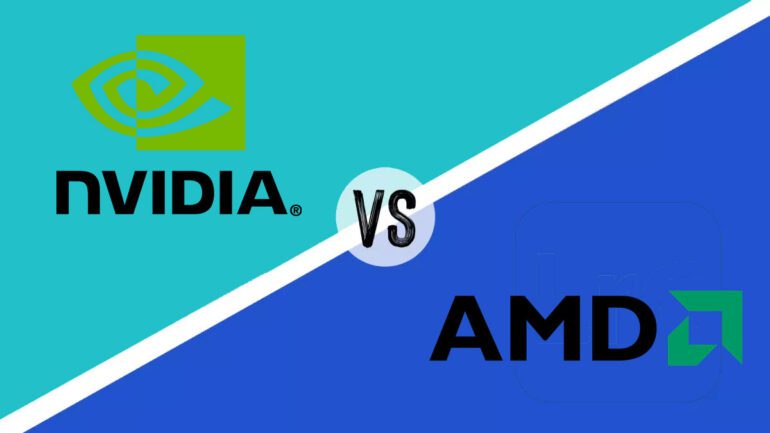TL;DR:
- AMD aims to challenge NVIDIA’s AI market dominance.
- NVIDIA’s stronghold is fortified by its CUDA software and PyTorch’s popularity.
- AMD leverages partnerships with PyTorch and Microsoft for a competitive edge.
- The Instinct MI300A processor is set to compete with NVIDIA’s superchip.
- Microsoft collaborates with AMD on a homegrown AI processor, Athena.
- AMD’s GPU performance gains momentum, potentially disrupting the AI hardware market.
Main AI News:
In the ever-evolving landscape of artificial intelligence, one company has long held sway: NVIDIA. The term “GPU” has practically become synonymous with this tech giant, bolstered by its proprietary CUDA software and the widespread adoption of PyTorch. In fact, an astonishing 92% of AI models today rely exclusively on PyTorch, solidifying NVIDIA’s dominance. However, a new contender is emerging from the shadows, ready to disrupt the status quo.
AMD’s Strategic Partnership with PyTorch and Microsoft
AMD, renowned for its GPU prowess, is making strategic moves to challenge NVIDIA’s near-monopoly. Leveraging its partnership with PyTorch and the support of tech titan Microsoft, AMD is gaining momentum. PyTorch, with its ability to insulate users from underlying GPU architecture, has become the chosen path for AMD and other challengers to NVIDIA’s stronghold.
At the core of AMD’s arsenal is the upcoming Instinct MI300A processor, poised to rival NVIDIA’s Grace-Hopper superchip. Designed for the critical task of inference in GenAI, the MI300A aims to establish AMD as an industry leader in inference solutions.
The collaboration with PyTorch has led to updates in the ROCm open software ecosystem, offering stable support for AMD Instinct accelerators and Radeon GPUs. ROCm serves as a formidable alternative to CUDA, enhancing performance and scalability for AI models. This partnership empowers developers to harness AMD GPU accelerators and the ROCm software ecosystem for cutting-edge AI solutions.
Microsoft’s Strategic Alliance with AMD
Microsoft, a heavyweight in the tech world, is strategically aligning itself with AMD. This partnership signifies a concerted effort to secure AI-capable components and offer a viable alternative to NVIDIA’s AI chip dominance. Together, they’re developing a homegrown Microsoft processor for AI workloads, codenamed Athena, marking a multi-pronged strategy to challenge NVIDIA’s reign.
The Potential Disruption Ahead
Despite AMD’s GPUs not yet achieving the same level of ubiquity as NVIDIA’s, Microsoft’s support and engineering resources hold the promise of enhancing AMD’s AI product performance. This collaborative effort could usher in a more competitive market for AI-accelerating hardware, potentially reducing server costs for Microsoft.
Recent benchmarks indicate that AMD’s MI250 GPU is closing the performance gap with NVIDIA’s A100, boasting approximately 80% of its speed. The eagerly awaited showdown between AMD’s upcoming MI300 and NVIDIA’s H100 is on the horizon. The MI300’s larger memory capacity and bandwidth may offset the H100’s transformer engine and potential support for more HBM.
AMD’s strategic partnerships and architectural choices for their forthcoming processors position them as formidable contenders. Nevertheless, the AI industry remains in its nascent stages, and winning the hardware battles in this arena will hinge on factors such as performance, portability, and availability. The dawn of a new era in AI is upon us, and the balance of power may be on the cusp of a transformation.
Conclusion:
AMD’s strategic moves, including partnerships, powerful processors, and competition in the AI hardware arena, signify a shift in the market. While NVIDIA has long held a dominant position, AMD’s initiatives are poised to introduce more competition and innovation, which bodes well for consumers and the broader AI industry. The battle for AI supremacy is intensifying, and the market is likely to witness increased diversity and improved technology as a result.

